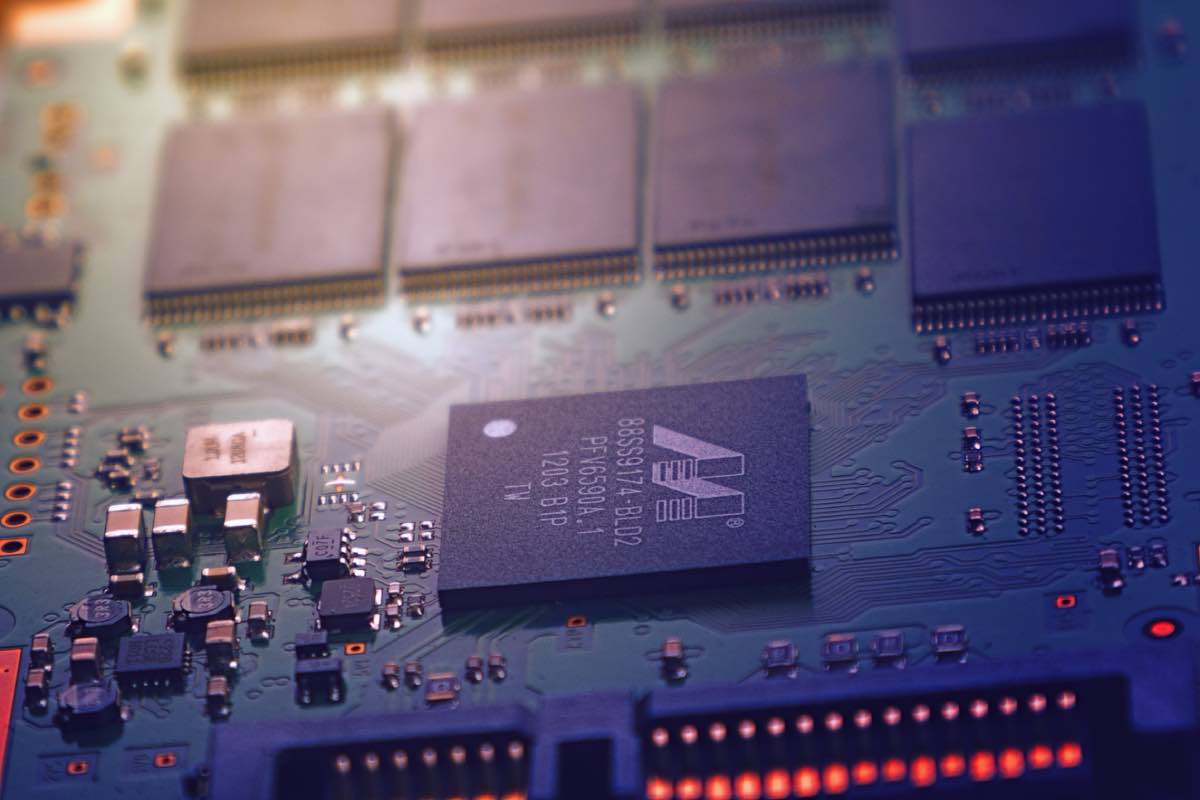At long last, the deterioration of our environment is becoming a regular and urgent point of discussion. While there is still some debate in certain circles about the root cause of that deterioration, we know that the warming of the planet and the consumption of natural resources are combining to produce disastrous consequences — and that significant effort will be required to reverse course.
More often than not, consideration of these topics leads to discussion of big, bold solutions. Electric vehicles, for instance, are often propped up as a solution: Wired suggested we could save the planet simply by getting more EVs into used car lots. Even more broadly, the overarching transition toward renewable energy is sometimes discussed as a sweeping moment that will transform (and negate) our impact on the environment. And then there are cutting-edge concepts that are often held up as Holy Grails of the war against climate change. Carbon capture is a common topic in this regard for example, and a Quartz article on algae would have us believe that this simple vegetation could be the key to reversing climate effects.
All of these are good things! It may well be that if we successfully begin to turn climate change around, we one day look back at EVs, renewables, algae and carbon-capture technology as some of the most important factors. Alongside these bold solutions though, there are more intricate methods being used to address more specific problems within the broader issue of climate change.
We’ve spoken to some of those specific issues before — such as in the post ‘Research Discovers, Damage of Honey Bees Causes Deficiency of Key Food Crops’ earlier this year. That specific example concerns a declining honey bee population as a result of pesticides and climate change, which in turn is harming the production of numerous important crops. And it’s one of just many “smaller” concerns that are affecting our world in profound ways. We might similarly point to dry and warm conditions impacting irrigation schedules, or small bouts of deforestation contributing to a larger depression of Earth’s natural ability to handle carbon, or even idle vehicles spewing emissions at stoplights.
Declining honey bee populations, chopped down trees, and the like seem bad to us; they’re not things we want. But they’re also not the specific things we tend to focus on when we consider the larger battle against climate change. They do add up tremendously though — and in some cases they’re easier to solve with the technology we already have, rather than the solutions we’re striving to create.
It is largely a combination of improved printed circuit boards (often called PCBs) and the “Internet of Things” they help bring about that is offering up solutions to some of these more specific environmental issues.
On the PCB front, what we’ve seen is a revamping of the design process combined with new tech and engineering methods, all resulting in circuit boards better suited for IoT devices out in nature. Regarding process, Altium discusses PCB stackup impedance calculators as some of the tools that are assisting with the creation of more complex circuit designs. These calculators allow engineers to piece together complex circuits while checking along the way to ensure adequate speed and strong signals. This in turn helps those more complex circuits reach a point at which they can be produced as modernized PCBs — complete with various advanced features (like strong, connected antennae and flexible physical designs) that make them ideal for the IoT.
With electronics like these in place, the IoT can essentially expand in more creative and innovative ways. Sensors and devices equipped for wireless communications can be customized for virtually any purpose, including many that address the kinds of specific environmental preservation issues discussed above.
For example, regarding the honey bee issue, IoT systems can be implemented to monitor environments, controlling conditions and keeping tabs on bee populations. If sensors communicate that conditions in a given area are turning dangerous for bees, that area can be attended to; if the IoT picks up on a declining bee population in a specific place, research can begin to identify the problem.
Consider these solutions and you can begin to see the potential positive impact of the IoT across numerous areas. Illegal deforestation can be recognized and reported by equipment that is automatically monitoring forest conditions. IoT-infused city transportation networks can smooth out traffic flow such that cars spend less time idling.
The examples could go on and on, but the key takeaway is clear: As much as we focus on the “macro” side of environmental issues, there are a lot smaller aspects to climate change that are being addressed via tiny electronic devices and the circuit boards that power them.
The Role Of Circuit Boards In Environmental Preservation





